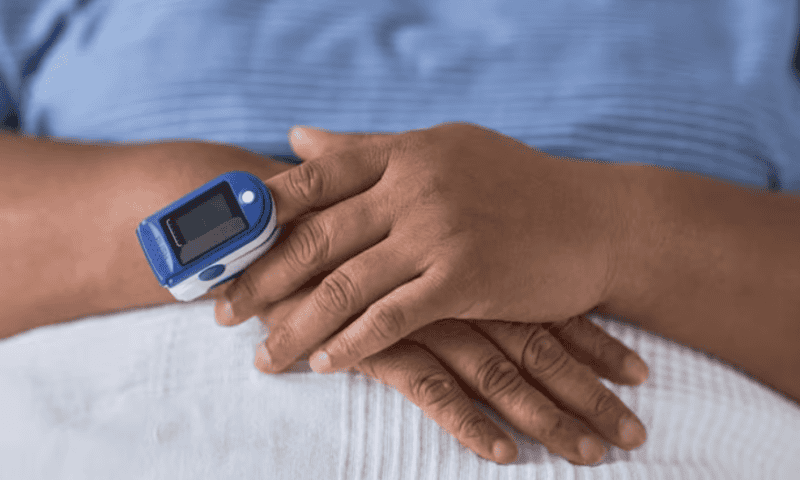Last fall, amid a mounting wave of evidence that many FDA-cleared pulse oximeters produce inaccurate results for people with darker skin, the agency convened a panel of experts to discuss possible solutions. A year later, with no major regulatory changes to show for it, half of the U.S.’ state attorneys general signed a letter Nov. 1 calling on the FDA to “act with urgency” to eliminate that inequity.
The nudge came at the right time: This week, the regulator announced that it plans to host another panel meeting about the issue early next year and, in the meantime, has published a discussion paper to collect feedback from the public that may help inform the meeting—though an FDA spokesperson clarified to Fierce Medtech that its actions were already in the works, rather than a direct response to the AGs’ letter.
The virtual meeting is scheduled to take up the entirety of Feb. 2. It’ll be open to the public and will bring together the anesthesiology and respiratory therapy devices panels of the FDA’s medical devices advisory committee.
On the meeting’s agenda, in addition to a general discussion of the devices’ racial biases, is a plan to talk through a new approach outlined in the discussion paper that seeks to improve studies of new pulse oximeters, helping devicemakers ensure they’ll work properly for people of all races, before they’re submitted for premarket review.
The potential new approach would mandate a clinical study design for pulse oximetry devices that would incorporate “the entire range of skin pigmentation found in U.S. racial and ethnic groups,” with at least one study participant falling into each value of the Monk Skin Tone scale, according to the paper.
The FDA has previously issued guidance recommending that premarket studies include “at least 2 darkly pigmented participants or 15% of the participant pool, whichever is larger.” In contrast, by ensuring trial participants span the entire spectrum of skin tones, the new approach would bump up representation of the darkest skin tones to at least six individuals or 25% of the participant pool, whichever is larger.
The FDA’s panel will also discuss possible new requirements for the type and amount of data that devicemakers would need to include in their premarket review submissions to demonstrate that their technologies are “equitable and accurate for all patients,” according to the agency, including labeling requirements and guidelines for both prescription and over-the-counter devices.
Those action items take a step toward satisfying requests in the state AGs’ letter for a new set of regulations requiring “demographically representative clinical trials” and for labels that would clearly warn about possible inaccuracies for patients with darker skin.
Meanwhile, elsewhere in this week’s announcement, the FDA offered a laundry list of its recent actions that somewhat counter implications in the letter that it hasn’t done much for the cause since convening last year’s meeting.
For example, the attorneys general urged the agency to build out its research base and support ongoing studies into ways to improve pulse oximeters’ performance across skin colors, and the FDA made sure to note that it has “worked closely with” and helped to fund a pair of real-world studies into the issue, while also participating in analyses of premarket and postmarket data to assess how skin pigmentation impacts the devices’ accuracy levels.
The attorneys general also asked that the regulator keep healthcare providers and the broader public in the loop about the latest findings on pulse oximetry’s racial biases. Though the FDA pointed to a trio of public safety communications it issued last year, as well as the summary of last fall’s meeting that it released within 24 hours of the panel’s conclusion, it wasn’t able to counter the AGs’ request for a more recent update to the 2022 safety communications and for a letter sent to healthcare providers detailing the latest findings and treatment guidelines.
In the release, however, Jeff Shuren, M.D., director of the agency’s Center for Devices and Radiological Health, said, “The FDA continues to engage stakeholders, gather input from ongoing clinical research to help inform our decisions, and evaluate all available information pertaining to factors that may affect pulse oximeter accuracy and performance. The FDA will keep the public informed as significant new information or recommendations become available.”

